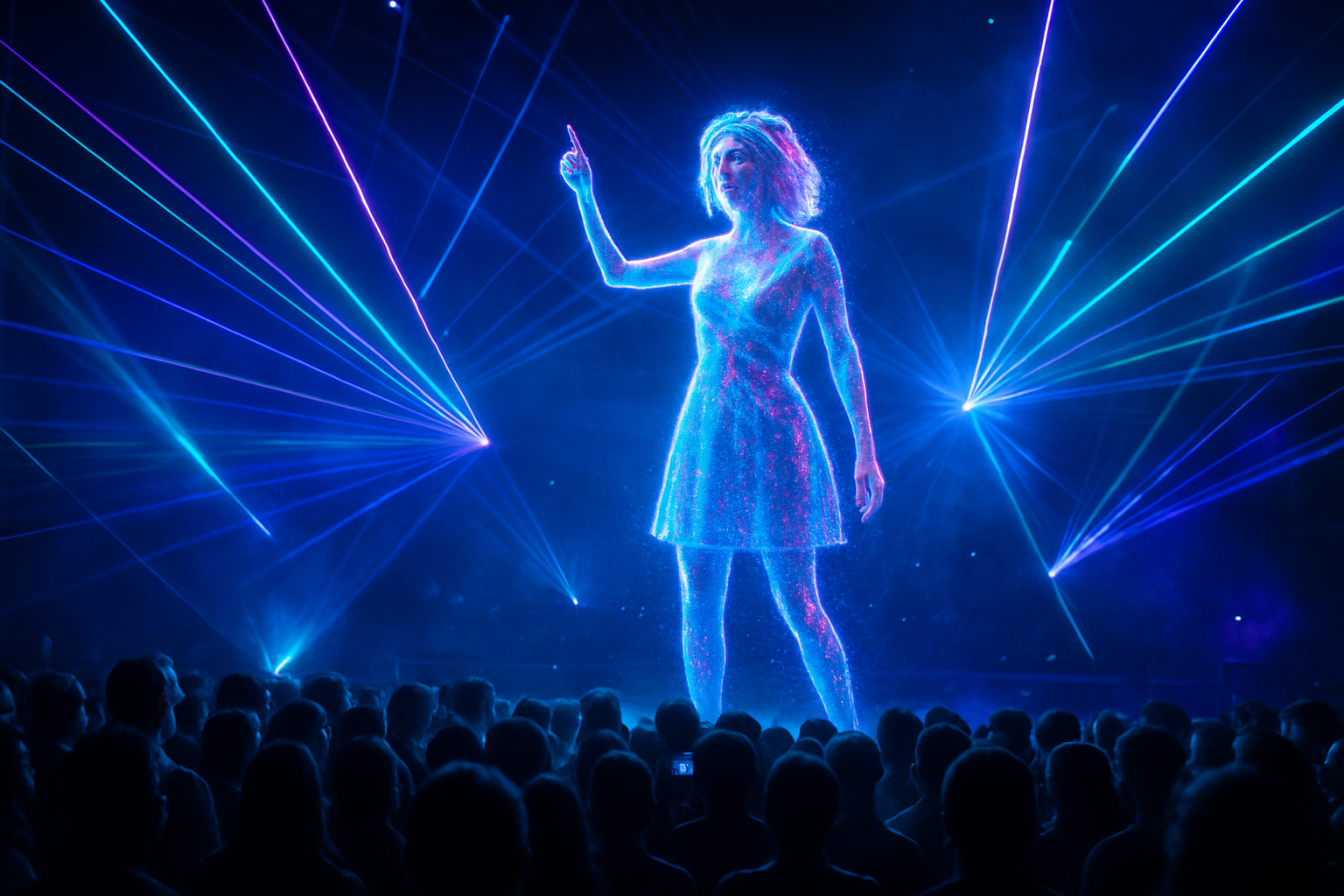Holographic Concerts: The Future of Live Music
In the ever-evolving landscape of live entertainment, a groundbreaking phenomenon is reshaping the concert experience. Holographic performances, once confined to the realm of science fiction, have emerged as a revolutionary force in the music industry. This cutting-edge technology is not only bridging the gap between past and present but also redefining the boundaries of artistic expression. As holographic concerts gain traction worldwide, they promise to transform the way we interact with music, blurring the lines between reality and illusion.

Technological Marvels Behind the Illusion
At the heart of holographic concerts lies a complex interplay of cutting-edge technologies. Advanced projection systems, coupled with sophisticated motion capture and rendering techniques, bring digital avatars to life on stage. These systems utilize high-resolution imaging and precise synchronization to create the illusion of three-dimensional presence. Recent advancements in real-time rendering and AI-driven animation have further enhanced the realism and responsiveness of holographic performers, allowing for more dynamic and interactive shows.
Reviving Legends and Crossing Borders
One of the most captivating aspects of holographic concerts is their ability to resurrect iconic performers from the past. From Roy Orbison to Whitney Houston, holographic technology has enabled audiences to experience the magic of departed artists in a live setting. This nostalgic appeal has proven immensely popular, attracting both longtime fans and younger generations eager to witness legendary performances firsthand. Moreover, holographic concerts have transcended geographical limitations, allowing artists to perform simultaneously in multiple locations or reach audiences in remote areas.
The Creative and Economic Implications
The advent of holographic concerts has opened up new avenues for creative expression and commercial opportunities. Artists and their estates can now curate posthumous performances, ensuring their legacy lives on in innovative ways. For living artists, holographic technology offers the possibility of expanding their reach without the physical demands of touring. This has led to intriguing collaborations and crossover performances that were previously impossible. From an economic standpoint, holographic concerts present a potentially lucrative model for the music industry, offering new revenue streams and reducing the logistical challenges associated with traditional tours.
Ethical Considerations and Artistic Integrity
As holographic concerts gain popularity, they have also sparked debates about ethics and artistic integrity. Questions arise about the appropriateness of digitally resurrecting performers without their explicit consent. Critics argue that holographic performances may lack the spontaneity and emotional connection of live shows, potentially diminishing the authenticity of the concert experience. Proponents, however, view this technology as a way to preserve and celebrate artistic legacies, bringing iconic performances to new audiences. The ongoing discourse surrounding these issues continues to shape the development and reception of holographic concerts.
The Future Landscape of Live Music
Looking ahead, the potential applications of holographic technology in live music are vast and exciting. As the technology continues to evolve, we can anticipate even more immersive and interactive experiences. The integration of augmented reality and artificial intelligence could lead to personalized holographic performances tailored to individual preferences. Furthermore, the convergence of holographic concerts with virtual reality platforms may create entirely new forms of musical experiences, blending physical and digital realms in unprecedented ways.




